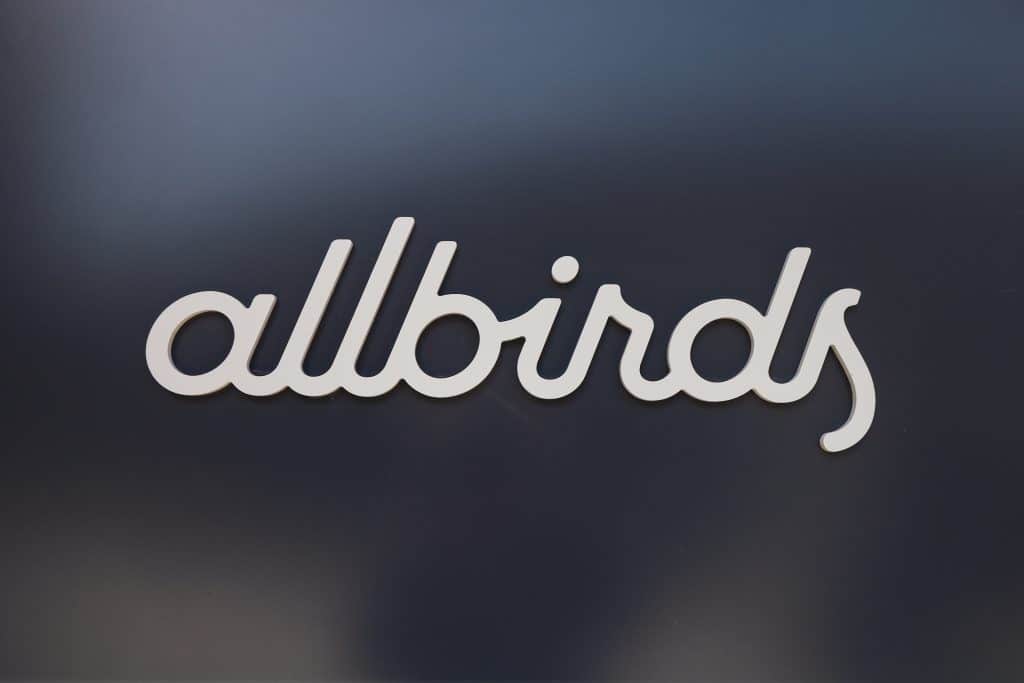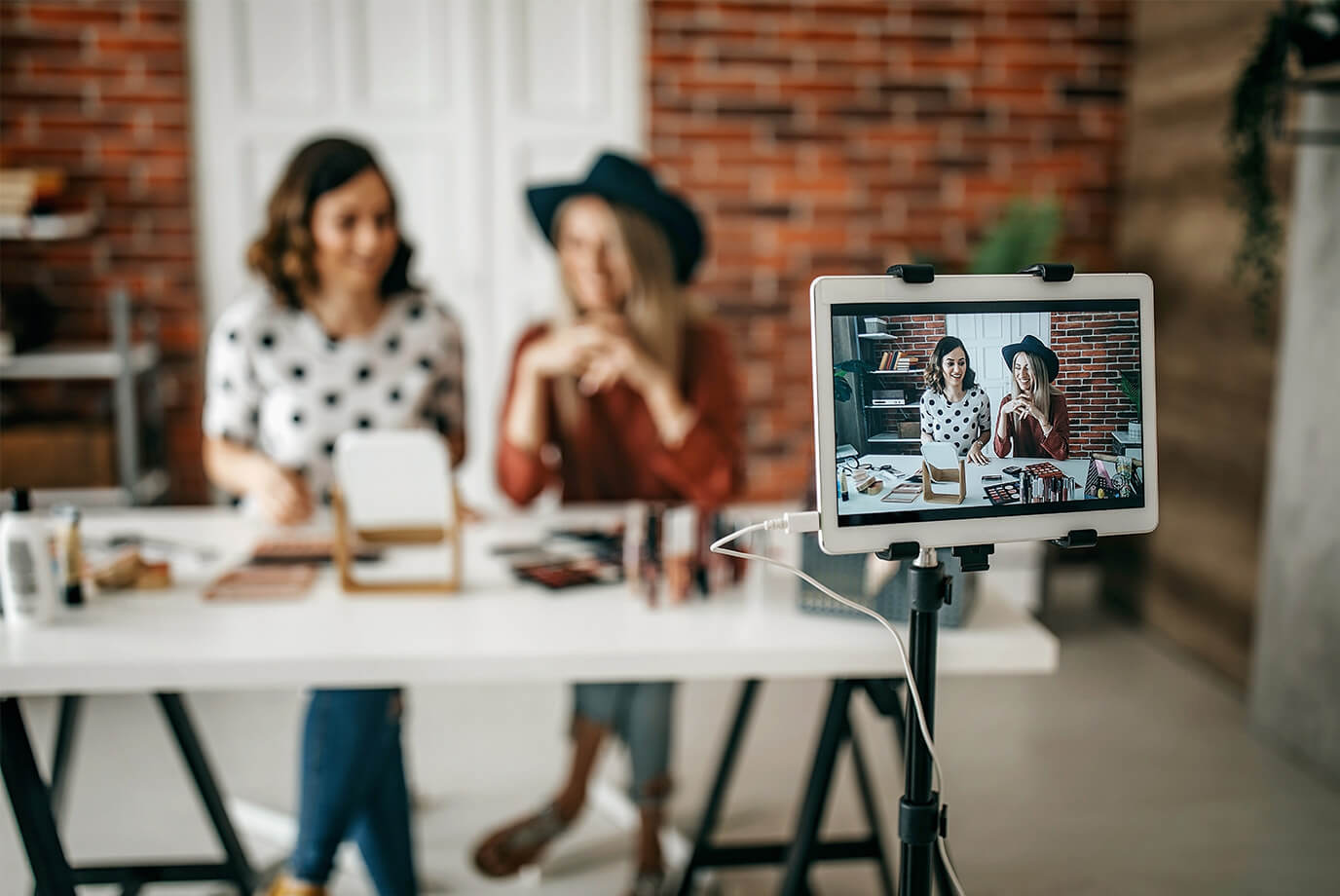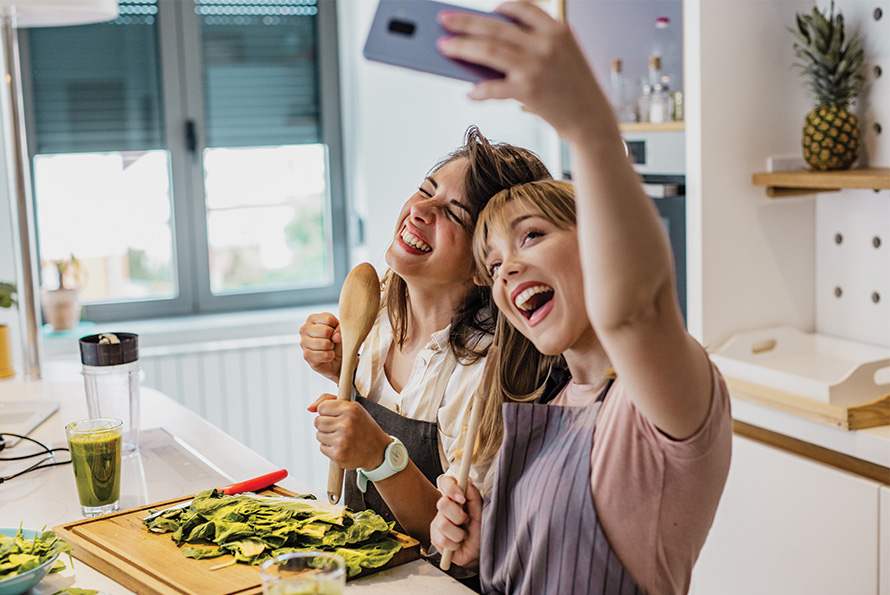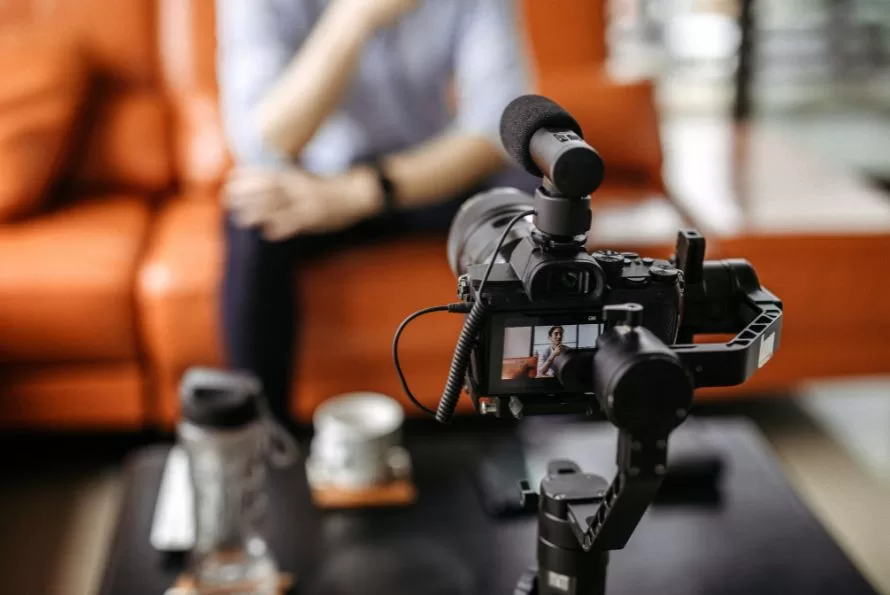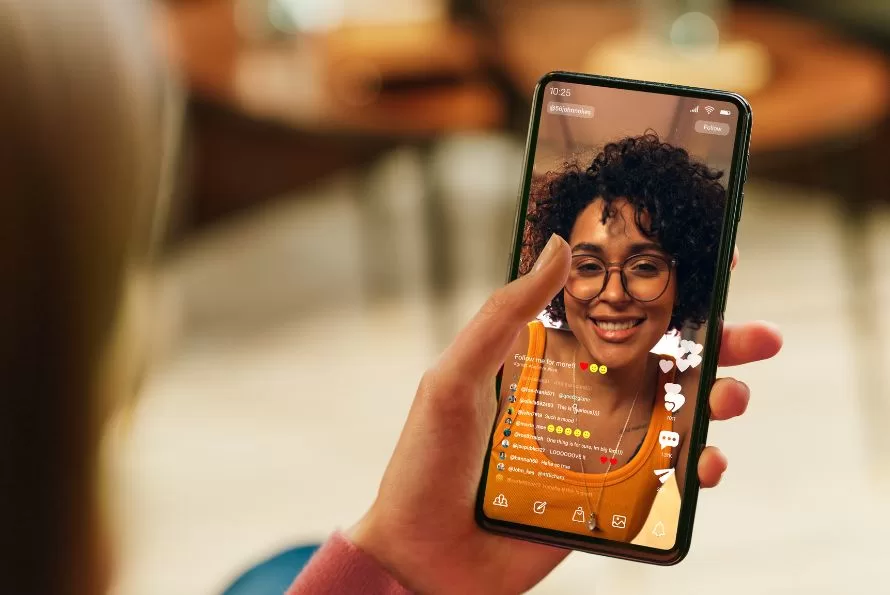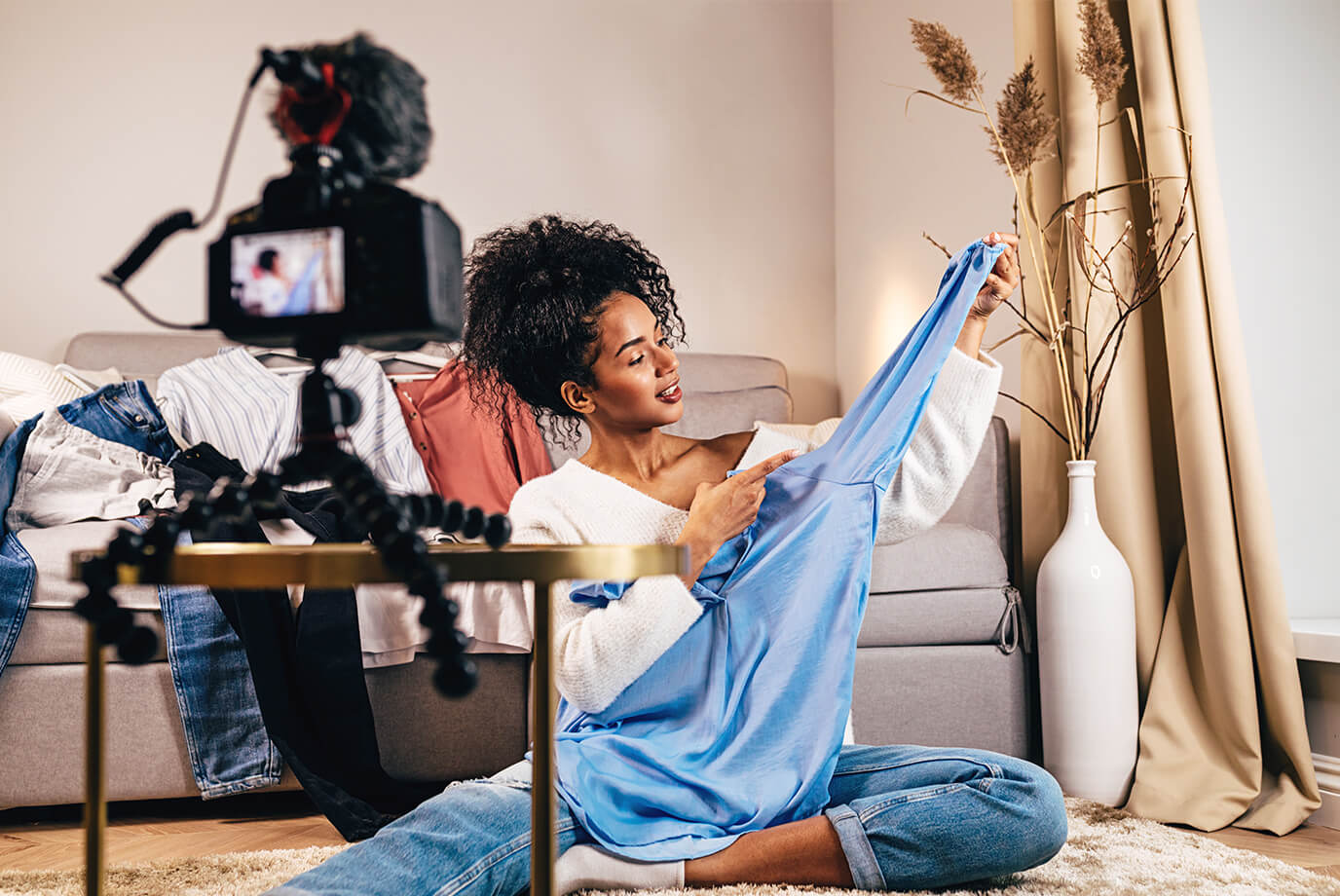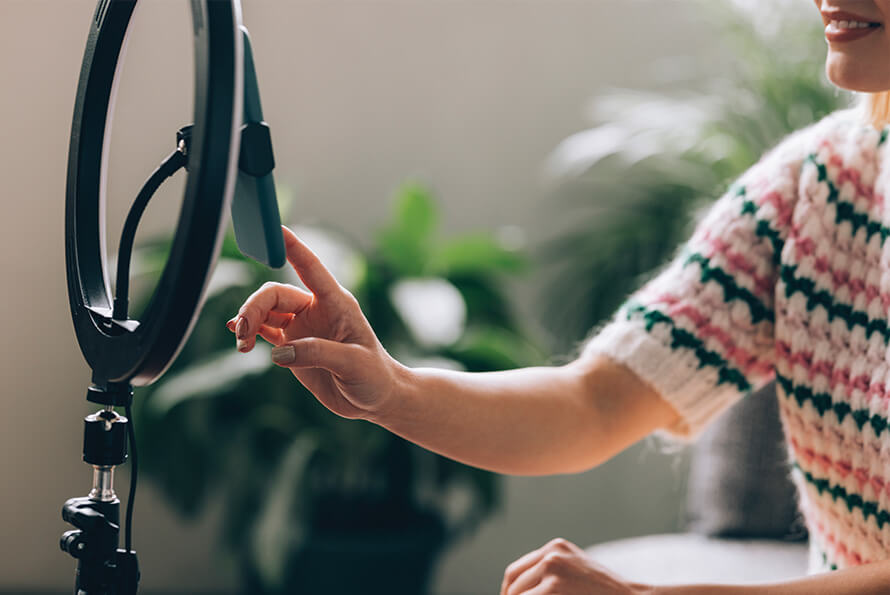Whether you’re new to influencer partnership marketing or looking to build upon your existing network of influencers, this resource contains valuable insights for you and your company.
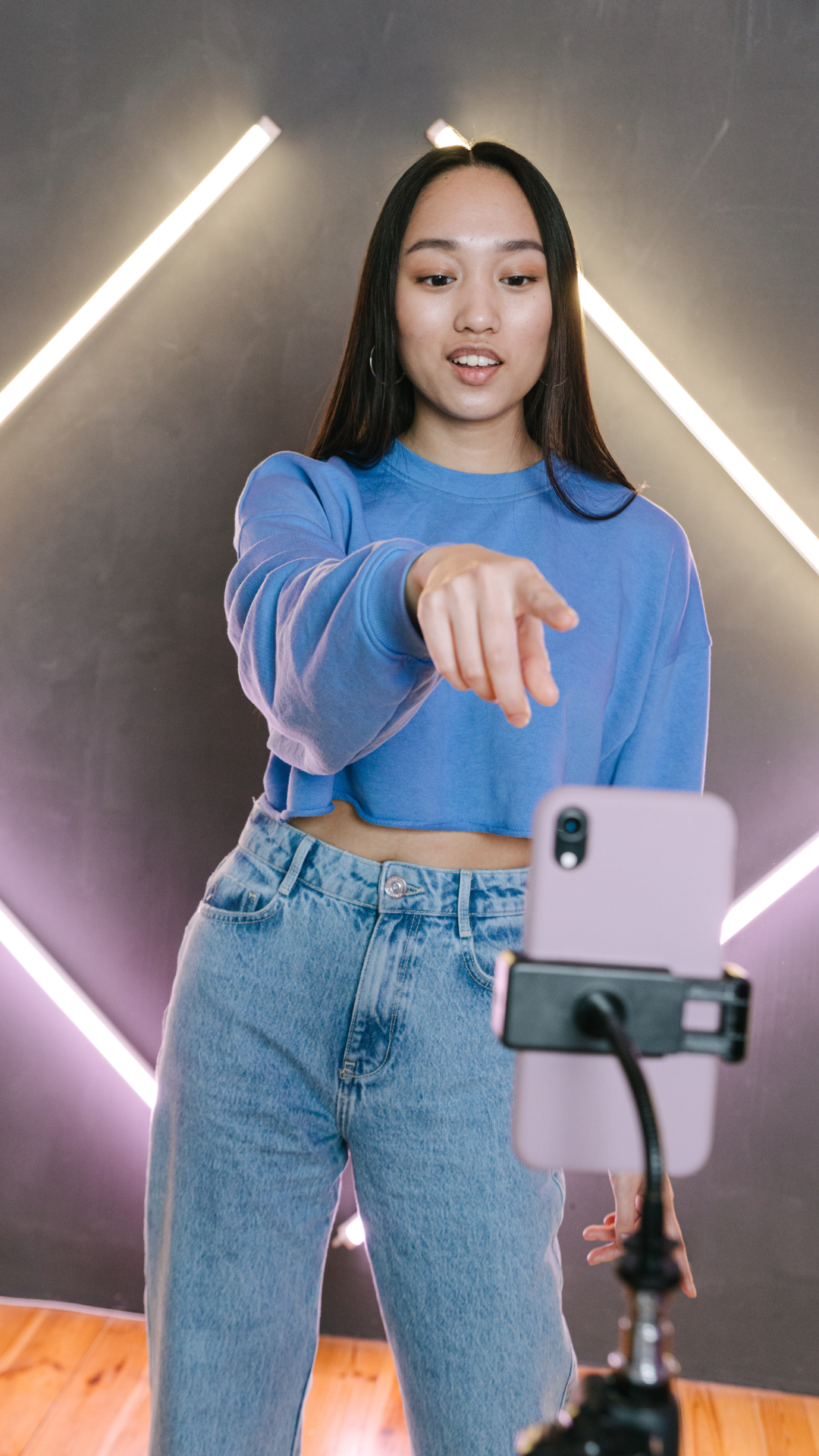


Influencer Partnership Marketing: A Comprehensive Guide
The influencer market is experiencing rapid growth as more businesses recognize the effectiveness of partnering with well-known personalities for amplifying brand awareness and driving revenue.
Leveraging the authority and loyalty that influencers have garnered among target audiences that align with your brand can significantly contribute to your organization’s growth.
Creating an outcomes-driven partnership that runs smoothly and maximizes ROI requires more than simply enlisting the services of a popular social media creator. To help you create the best program possible and navigate the world of influencer partnership marketing effectively, we’ve put together this comprehensive resource outlining the key components of a successful program.
Table of Contents
- What is influencer partnership marketing?
- What does an influencer partnership agency do?
- What are the benefits of influencer partnership marketing?
- Are influencer partnerships worth investing in?
- How influencer partnerships can help grow your business
- How to measure success in influencer partnership marketing
- What are some of the top challenges with influencer partnerships?
What is Influencer Partnership Marketing?
Influencer partnership marketing is a strategic approach to brand promotion that involves establishing collaborative relationships with social media influencers. These partnerships are built on a performance-based incentive framework, meaning the content creator with whom you’re working gets paid based on the results of the campaign.
Influencers are public figures who have cultivated a significant following on one or multiple social media platforms by curating and producing content centered around specific niches or themes. For instance, a culinary influencer may specialize in endorsing branded cooking products such as kitchen equipment or spices.
Their capacity to sway the purchasing decisions of theirs is rooted in the relationship and trust they have developed with their distinct audience.
In exchange for endorsing these goods, influencers typically receive free items and financial compensation. While payment models vary, a common approach involves a flat fee plus a percentage of sales generated by the influencer.
Some influencers are open to performance-based compensation models or hybrid versions (e.g., cost-per-action, flat fee, product gifting). To track sales, influencers are provided with unique promo codes, affiliate links, or both.
What are the different types of influencer partnerships?
Influencer marketing partnerships come in various forms, each offering unique benefits and cost structures tailored to specific campaign objectives:
- Paid: Brands pay influencers a fee for content creation and promotion. This often includes sponsored posts, product reviews, or endorsements.
- Affiliate: Influencers earn a commission for each sale or conversion they generate through their unique tracking link or promo code. This model is performance-based, ensuring influencers are compensated based on their ability to drive results.
- Gifting: Brands provide complimentary products or services to influencers in exchange for content creation and promotion. While no monetary compensation is involved, this type of partnership can be beneficial for building brand awareness and generating authentic content.
- Hybrid: Combining elements of paid, affiliate, and product gifting partnerships, hybrids offer flexibility for both brands and influencers. For example, brands may offer a combination of fixed fees, affiliate commissions, and free products.
Each type of partnership has its own advantages and considerations, and the best approach depends on the goals, budget, and target audience of the brand. That’s why turning to influencer experts for guidance can be helpful.
Acceleration Partners offers a comprehensive influencer program management service that covers all aspects of your partnerships from strategically acquiring collaborators to targeting the right audiences and generating quality leads and revenue.
Finding the right size and scope for your influencer partnership
Influencer partnerships also vary in scale. When creating your influencer partnership marketing strategy, one of the most important decisions is choosing the size of influencers to partner with. Acceleration Partners categorizes influencers into five tiers based on audience size:
Nano (1K – 10K), Micro (10K – 50K), Mid-Tier (50K – 500K), Macro (500K – 1M), and Mega (1M+).
Each tier has its own cost models. Mid-tier, macro, and mega influencers usually require fixed fees for guaranteed content, while nano and some micro influencers may be open to alternative cost models like product gifting, affiliate commissions, or a hybrid structure.
It’s important to keep in mind that audience size isn’t an automatic indicator of campaign success. As the influencer’s reach increases, audience engagement often decreases.
While macro and mega influencers can effectively build awareness due to their extensive reach, they may not generate as much engagement or conversions because their relationship with their followers isn’t as personal. Macro influencers generally have a broader, more polished, and less intimate approach to social media, and their content may feel less relatable and more commercialized as a result.
Working with larger influencers can also be more challenging as they often have talent managers and negotiation teams.
Lower-tier creators, on the other hand, usually enjoy more genuine trust from their audiences, resulting in higher engagement rates and conversion potential. They are seen as authentic and personable content creators whose connection with their audience is like that between friends.
Mid-tier influencers strike a safe balance between reach and engagement, but finding the right fit for your brand is crucial and requires testing and learning.
Working with nano and micro influencers can effectively build brand awareness, and they are often easier to collaborate with, offering more flexibility in terms of cost models and content creation. Working with smaller influencers fosters a more collaborative relationship and avoids the complexities associated with larger influencers.
The power of specificity: Hyper-niche and industry-focused influencers
Niche influencers can be powerful collaborators in partnership marketing because they have highly engaged and loyal audiences within specific markets. Their followers trust their unique expertise and opinions, making them more receptive to brand recommendations.
For instance, a cosmetics influencer known for their knowledge about organic skincare and sustainable makeup products might create sponsored content showcasing the health benefits and ecological friendliness of the brand’s lotions. The influencer’s loyal followers, who take their advice as gospel, are highly likely to try this product, leading to increased brand awareness, engagement, and sales within the brand’s target market.
Whomever you chose to partner with, collaborating with influencers can be a highly efficient way for brands to reach targeted audiences interested in their products or services, leading to higher engagement, conversions, and return on investment.
What does an influencer partnership agency do?
So, how does an agency like Acceleration Partners fit into all of this?
An influencer partnership marketing agency helps brands capitalize on the authority of influencers by:
- Strategically acquiring suitable partners.
- Planning and executing campaigns that are aligned with brand objectives.
- Setting up production frameworks and schedules to guide content creation.
- Implementing systems to track and analyze campaign performance (KPIs)
- Facilitating ongoing support and relationship management with influencers.
Professional agencies have the expertise and resources to help businesses optimize their influencer partnership programs. We have processes in place to ensure that the engagement results in more conversions, revenue, and brand exposure.
What are the benefits of influencer partnership marketing?
Here’s a closer look at why influencer marketing matters in today’s digital landscape.
Enhance brand awareness:
Influencers have dedicated followers who trust their recommendations, and when they showcase your products or services, it exposes your brand to their audience, effectively overcoming the barrier of reaching potential customers who may be completely unaware of your brand or product lineup. This intermediary role that influencers play helps when breaking into new markets, launching unique product lines, and even in rebranding initiatives, assisting companies in changing brand perception or targeting new buyer personas.
Establish yourself as an authority:
Influencers wield a high degree of control and clout among the members of their community. That is, the very people you’re attempting to reach. So, getting them to use the prestige and influence that they command to promote your product will establish you as equally authoritative in the eyes of their followers. They effectively lend their credibility to you, which is much easier and less time consuming than trying to build a reputation from scratch.
Quickly reach a broader audience:
Unlike SEO strategies, which require time and patience to see results, influencer partnerships offer almost immediate access to new, larger audiences. They put your business in front of followers who may not be currently engaging with your brand through other marketing channels. In terms of exposure, it’s like jumping to the first page of Google without the strategic, creative, and technical headaches.
Achieve a strong return on investment (ROI):
Partnership marketing naturally optimizes ROI because the amount that you invest is directly correlated to the returns that you receive. Influencer partnership marketing specifically is widely recognized for its high ROI, with 89% of business leaders acknowledging its effectiveness compared to other marketing tactics.
To ensure strong conversions, however, it is crucial to select the right influencers and maintain consistent exposure. This means finding partners who are aligned with your brand values, culture, and goals.
Increase market share:
Influencer partnerships play a pivotal role in expanding your presence in current and new markets, even in the face of stiff competition. By leveraging influencer partnerships, businesses can effectively sway public opinion and generate consumer interest, thereby capitalizing on new market opportunities.
For example, Acceleration Partners worked with Renogy to expand their influencer base and affiliate program into new regions. As a result of this collaboration:
- Renogy experienced a remarkable 280% increase in active partner clicks.
- They achieved 152% of their yearly revenue goal.
- 60% of their sales were driven by influencers, demonstrating the significant impact of the strategy on business growth and market expansion.
Are influencer partnerships worth investing in?
Positive impact on ROI:
Integrating influencer partnership marketing into your marketing mix can significantly improve your ROI. Studies have shown that influencer marketing typically generates $6.50 for every dollar spent. 70% make $2 or more, and 13% make $20 or more, according to Saleslion.
Regardless of precise figures, the overwhelming consensus in the industry is that influencer partnerships offer a cost-effective way to reach a highly targeted audience, resulting in increased brand awareness, engagement, and ultimately, sales.
Overall long-term impact on growth:
We’ve touched on the advantage of influencer programs in achieving fast, low-barrier-to-entry exposure to highly engaged audiences. However, a well-run influencer program can also have a significant long-term impact on your brand’s growth by collaborating consistently and at-scale with a diverse network of influencers.
This collaboration allows you to continuously reach new audiences, build brand loyalty, and establish credibility within your industry via a variety of authoritative voices. Through these partnerships with trusted leaders in the community, you’ll create a community of your own, fostering ongoing engagement and advocacy among a target audience who have migrated over from the influencers page to yours.
Which verticals can benefit from influencer partnership marketing?
The short answer is virtually any. However, there are several examples of industries in which influencer partnership marketing is frequently utilized.
- Travel: Influencers can showcase destinations, hotels, and travel experiences, inspiring their followers to explore new places.
- Lifestyle: Influencers can promote products and services that align with a particular lifestyle, such as fashion, home decor, and entertainment.
- Beauty: Influencers can provide product reviews, tutorials, and demonstrations, influencing purchasing decisions in the beauty industry.
- Sports: Influencers can endorse sports apparel, equipment, and events, connecting with sports enthusiasts and athletes.
- Fitness: Influencers can share workout routines, fitness tips, and product recommendations, targeting health-conscious consumers.
- Healthcare: Influencers can promote wellness products, supplements, and healthcare services, offering advice and recommendations to their audience.
How influencer partnerships can grow your business
Positive impact on brand awareness and trust.
Implementing an influencer partnership strategy can markedly enhance brand awareness and trust, especially when venturing into new territories or introducing a new rebrand or product line.
Collaborating with influencers offers a strategic advantage, allowing you to tap into their established audience and credibility, effectively introducing your brand to new markets and audiences. Influencers possess the ability to authentically communicate your brand’s message, fostering trust and credibility among their followers.
Gaining recommendations from a diverse range of promoters, large and small.
When considering influencer partnerships, the size of the influencer’s audience is a key factor. But remember, bigger is not always better. Macro-influencers and celebrities enable you to reach a larger audience, which significantly increases brand visibility on a broad scale. Still, this massive audience is less intimately connected to the creator and may not take their advice.
Micro-influencers and nano-influencers, on the other hand, cater to highly engaged niche audiences, providing more targeted and authentic brand exposure. Both approaches have merit and by diversifying your influencer partnerships, you can maximize your reach and engagement across various demographics and market segments, effectively scaling your business.
Influencer partnership marketing by social channel
Engaging creators with a presence on multiple social platforms expands your reach and provides valuable insights for refining future influencer partnership strategies. Contracting influencers for cross-channel content distribution is cost-effective, allowing you to test audience responses across platforms affordably. These results inform future strategies, guiding more substantial investments effectively.
Additionally, each social platform has its own unique strengths depending on the market or industry that you operate in.
This is a powerful platform for influencer partnership marketing, particularly for industries like health and beauty, food and drink, travel, fashion, entertainment and media technology, and fitness. Instagram Stories are highly effective for driving conversions due to their link embedding feature and lower influencer pricing compared to in-feed posts.
In-feed posts, including static posts and carousels, offer effective testing opportunities, though they are not prioritized in the platform’s algorithm like Reels. Instagram Live is another valuable option, especially for creators with a wider reach, and can be repurposed as in-feed posts for continued value delivery.
TikTok
Users spend 14% more money when TikTok is part of their purchase journey, making the channel lucrative for brands and influencers alike. The top industries on TikTok include home and garden, fashion, food and drinks, technology, and beauty. Education is also thriving, with 35% of users using TikTok as a learning source.
The platform’s strongest content is creative and connects through shared experiences. Brands should prioritize authentic, relatable content, allowing influencers creative freedom. While TikTok’s algorithm is unpredictable, content can trend and go viral, resulting in significant engagement. Videos should include links in the bio for conversions, as clickable links cannot be added to captions or comments.
YouTube
Key industries for influencer marketing on YouTube include technology, gaming, food & drink, beauty, fashion, education, toys, entertainment, health & wellness, home, hardware & outdoors, and finance. YouTube’s strength lies in delivering long-term relevant content that continues to provide value to brands. Links can easily be incorporated into video descriptions, ensuring residual traffic and conversions. Affiliate links in captions are not clickable, but including a clear CTA in the caption and placing the clickable link in a comment can drive conversions.
79% of B2B marketers see this platform as essential for generating leads. It’s also a good way to reach both older users and millennials.
This channel is best for targeting older consumers, with 36% of the audience being 45 or older. 70% of users visit daily, and 49% check it several times a day.
X (formerly Twitter)
This platform has a slightly younger audience than Facebook with 60% of X users are between 25 and 49 years old, making it ideal for reaching millennials. X is primarly focused on information conversation, and customer service.
Twitch
Contrary to popular belief, Twitch isn’t just for gamers. It attracts industries like food and beverage, technology, and fashion. In 2022, 982 billion minutes were watched, with 7.9 million unique creators streaming monthly.
How to measure success in influencer partnership marketing
Tracking the results of your influencer partnerships is essential for evaluating their effectiveness. While various key performance indicators (KPIs) can provide valuable insights, we’ve identified five metrics that are particularly informative:
- Video Views/Reach
- Engagement Rate
- Clicks/CTR (Click-Through Rate)
- Conversion Rate (Sales/Revenue/Cost Per Acquisition)
In the initial stages of your campaign, you may notice more activity in upper funnel metrics than lower funnel metrics. As you analyze your influencer partnership campaigns, consider the following questions:
- Are video views/reach meeting your expectations?
- Is the engagement rate consistent with the influencer’s standard average?
- Are engagements translating into clicks?
- What is the audience sentiment in the comments section?
- Is the sponsored content optimized effectively?
Focus on tracking conversion metrics to evaluate the campaign’s success after achieving consistent exposure to your brand with your influencer(s)’ audience.
How positive growth along these metrics can help boost ROI and grow an audience for future retargeting/marketing success
Achieving encouraging results with key metrics such as video views/reach, engagement rate, clicks/CTR, and conversion rate will set you on a positive trajectory towards future marketing success. The increased brand awareness and engagement, higher click-through rates, and improved conversion rates from influencer partnership campaigns expands your audience for future promotional efforts. This growth also provides valuable data for retargeting campaigns, allowing for more effective remarketing strategies and ultimately higher ROI.
What are some of the top challenges to expect with influencer partnerships? How can I overcome them?
Venturing into the world of influencer partnership marketing comes with its own set of challenges, but with the right strategies, these obstacles can be overcome. Some of the biggest challenges businesses face include:
The influencer selection process
Influencer recruitment is crucial for every campaign, regardless of size or budget. Finding the right influencers is a personalized process based on brand goals. According to Harvard Business Review, optimal follower-brand fit occurs when around 9% of an influencer’s followers match the sponsor brand’s interests. Recruitment should be ongoing to keep the brand relevant and positioned in front of the right communities.
Building strong relationships with influencers
Building strong relationships with influencers is essential for successful partnerships. Creating a solid, empathetic bond with creators ensures genuinely passionate content and genuinely honest feedback. Businesses can set themselves up for success in this regard by aligning their influencer strategy with influencers who authentically love their brand, fostering a natural, effective partnership.
Measuring and maximizing rOI
Gauging the success of influencer partnerships and tracking ROI can be complex. To overcome this challenge, businesses should establish clear objectives and KPIs at the outset of the campaign. Utilizing tracking tools and analyzing key metrics such as engagement rate, click-through rate, and conversion rate can help measure the effectiveness of influencer partnerships accurately.
Integration with affiliate marketing
Influencer and affiliate marketing are complementary strategies that help brands maximize ROI. Integrating affiliate marketing helps brands measure influencer investments more reliably, as compensation is based on specific actions like sales. Combining influencers and affiliates builds trust, connects with new audiences, and maximizes return on ad spend.
To optimize these channels, brands need a holistic partnership marketing team that can create, manage, and optimize both influencer and affiliate programs. Acceleration Partners specializes in both influencer and affiliate marketing, offering expertise to develop impactful programs aligned with your strategy.
Generate real business success with influencer partnership marketing.
Influencer partnership marketing has emerged as one of the most effective strategies for achieving brand goals and driving revenue. As the influencer market continues to experience rapid growth, brands are recognizing the importance of integrating influencer marketing into their overall marketing strategy. With the convergence of influencer and affiliate marketing, brands have new opportunities to create outcome-driven influencer programs that deliver measurable results.
Whether you’re new to influencer partnership marketing or looking to scale your existing network of influencers, the insights provided in this guide can help you maximize the impact of your influencer marketing efforts. By leveraging influencers effectively, brands can enhance their brand awareness, build trust with their audience, and drive meaningful results.

